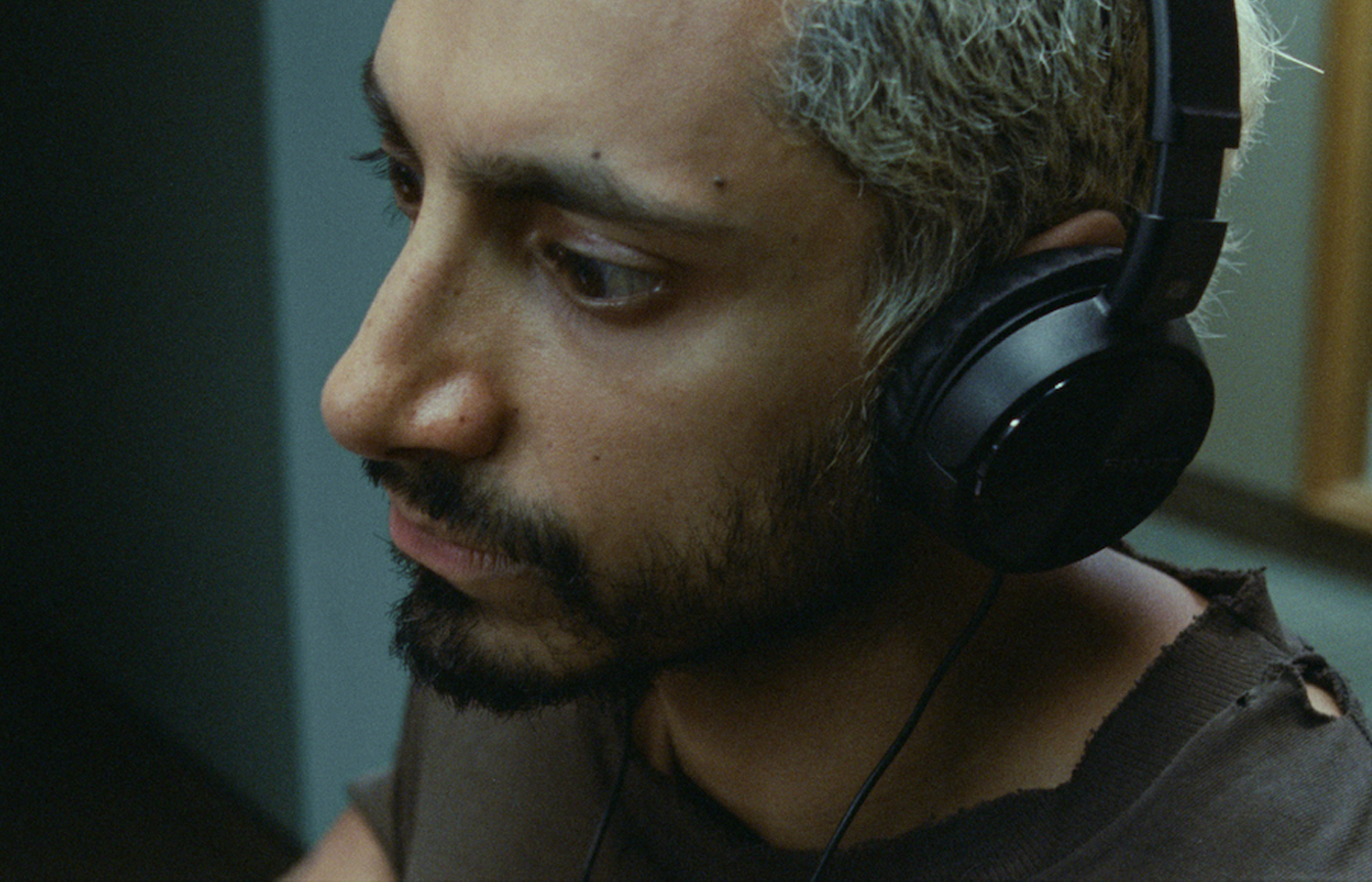The Amazon Studios feature, Sound of Metal, shot by Daniel Bouquët and directed by Darius Marder, takes a musical journey unlike any other.
by Pauline Rogers / Framegrabs Courtesy of Amazon Studios
During a series of adrenaline-fueled one-night gigs, itinerant punk-metal drummer Ruben (Riz Ahmed) begins to experience intermittent hearing loss. When a specialist tells him his condition will rapidly worsen, he thinks his music career – and with it, his life – is over. His bandmates and girlfriend, Lou (Olivia Cooke), bring him to a secluded sober house for the deaf in hopes it will prevent a relapse into drug use and help him learn to cope with his impending disability. Although welcomed to the facility, Ruben still struggles between this new reality and his innate drive for music and fame.
Writer/Director Darius Marder got the idea for his feature debut when he was editing Metalheads, a documentary by writer/director Derek Cianfrance (ICG Magazine-Deep Dive-I Know This Much Is True) that was ultimately scrapped. Marder, who was also co-writer with Cianfrance on the director’s Sundance feature, The Place Beyond the Pines, says Metalheads’ non-fictional storyline, about a drummer who suffers sudden hearing loss, stayed with him; and over the ensuing decade, Marder built a team of musicians, actors, sound designers, and other artists to create the narrative feature Sound of Metal.
Marder says he wanted to take his audience on a linear journey by shooting in chronological order, from Ruben’s adrenaline-pumping performances and his despondence closeted in his Airstream trailer as he processes his loss of hearing, to a secluded community that helps him adapt and attempt to regain his former life, as well as to his ultimate recognition of where he fits in the world around him. Shooting on film was always a given, and working with Director of Photography Daniël Bouquet (Golden Calf for Best Cinematography at the Netherlands Film Festival for Nothing Personal), the pair opted for Techniscope 35-mm 2-perf stock.
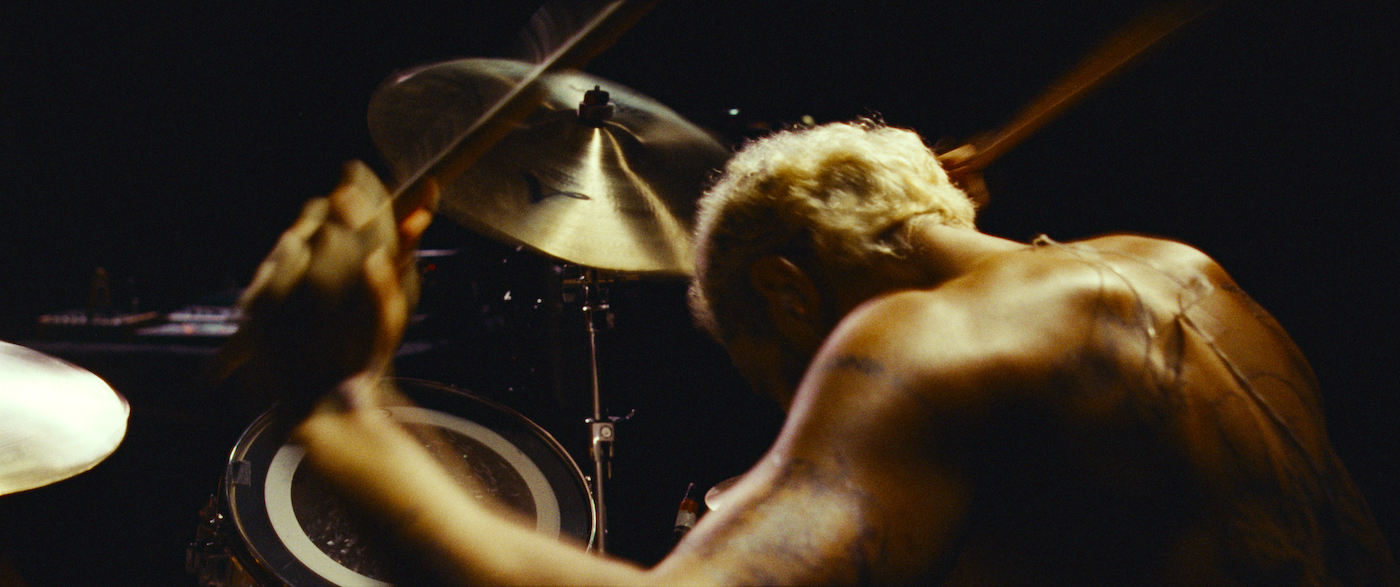
“When Darius and I had our first call, I expressed my desire to shoot on film,” Bouquet recounts, “and preferably in the fall or winter. I could imagine that the character of 35 millimeter, and the snow’s acoustics, would suit the story well. Especially because of all the noise in their life, in the beginning, the silence would be important. Also, because we felt we would shoot a bit like a documentary,” Bouquet adds, “with less light, a lot of space and freedom for performance, and the duration of the [film] magazines. It would give us the character we wanted and, with a limited amount of rolls, a lot of concentration and focus on the set. It’s a very different approach from shooting digital.”
To achieve a similar look to The Place Beyond the Pines, Marder and Bouquet chose the lightweight and compact Aaton Penelope cameras, which operate nearly silently with 2-perf, along with the Sigma Cine Prime lens series. The package would provide the camera team enough space in the Airstream/Sound studio mole house that was so important in the film. “We locked into this one lens for the most part,” Bouquet continues. “Then, we shifted to another lens when it related to a specific sound perspective. I think we used maybe three or four in the [Sigma] series throughout the film. There’s some handheld, but I’m not a huge believer in Steadicam. I like the feeling of the weight of the camera.”
Bouquet says that when a specific emotional focus was needed, the camera would move physically closer, “instead of using a long lens,” he explains. “To help with that, we went with a slightly longer focal length to reduce distortion in the close-ups.”
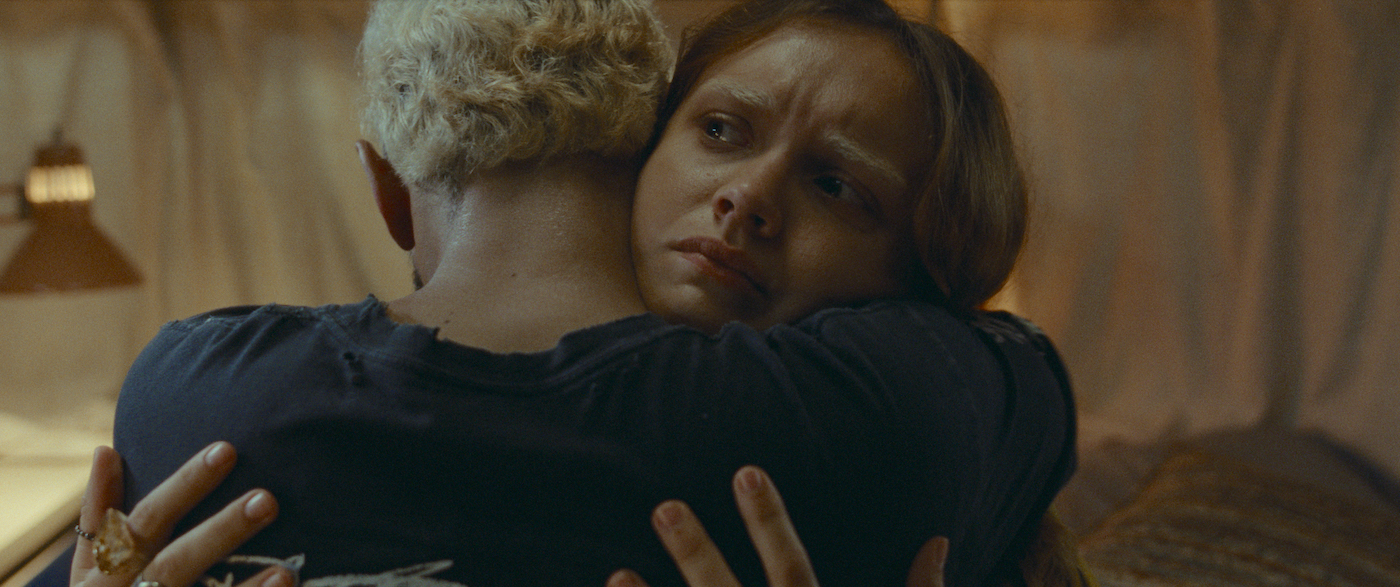
Camera design started rather calmly, where everything was balanced – even in the middle of the chaotic music. When Ruben needs to move, the camera moved as well. “I tried to follow his moods,” Bouquet explains. “Wide would tell where we were, close would show what he was experiencing. Not so much in between.
“We tried to avoid an additional ‘effect layer’ in addition to the sound effect that you sometimes experience in other films,” Bouquet adds. “We thought it would be too much information from both the sound and camera perspective. Taking away all the sound from a hearing audience is such a powerful tool. We decided to keep that moment for the end of the film because it’s almost the climax after all the noise.”
The explosion of music and hard-core sounds in the opening concert sequence surrounds both the performers and the audience; the love for music, for sound, even for the cacophony of heavy metal is immediate. The concerts lure audiences in, uniting their journeys with Ruben’s journey. Bouquet says they had one day to shoot both concert scenes, with both main actors performing the music.
“We were shooting their live performances on stage, and registered both the film and their music,” he remembers. “We shot handheld with Riz behind the drums and with Olivia in front of the microphone, using a single camera and proximity to the performers. And like the concerts that they would have on this scale of performance, they arrived at the clubs with just instruments and some speakers/amplifiers the afternoon before the show. No sound crew. Not too pretty and fairly dark overall.”
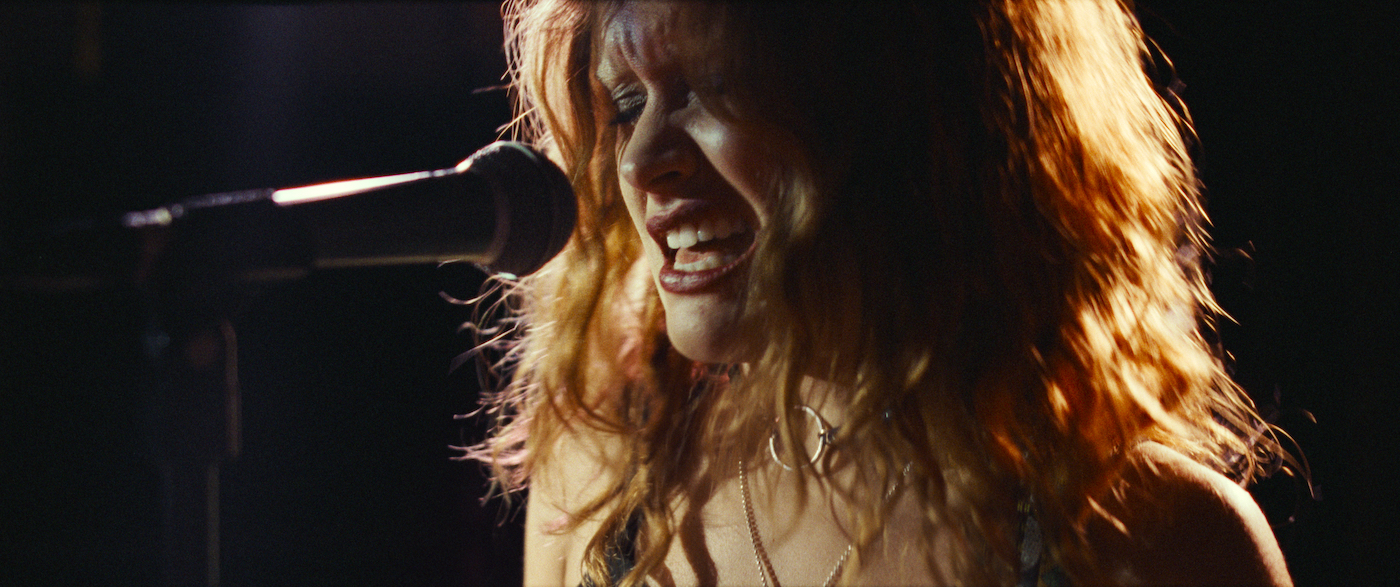
When the story moves from Ruben’s life on stage to being a nomadic musician, the home/studio/transportation Airstream creates another intimacy. Production Designer Jeremy Woodward re-designed the Airstream to be more camera-friendly. “Even though the camera was everywhere and mostly handheld, it was extremely doable,” Bouquet adds. “The heat was a challenge, especially on sunny days because, for sound, we preferred to keep the windows closed. Our U.S. gaffer, Michael Peterson, replaced the skylight/portholes for bi-color LED light tiles, so we had some extra fill during the day and some Tungsten-balanced ambiance for the evenings.” Since the film is shot chronologically, a story point is Ruben selling off his instruments, which allowed for more space inside the Airstream and a significant image of loss as it empties.
One of Metal’s more poignant moments is when Ruben wanders into a classroom filled with deaf children. He takes them outside, where they start to communicate through percussion. “Ruben catches the attention of one kid, and a little lesson starts,” Bouquet remembers. “During research and prep, Darius discovered a lot of beautiful ways in which non-hearing people communicate. Like ‘listening’ to the vibration of the keys inside a piano by placing their hands on top of the wood. Someone told us that when they watch films, it’s obvious they prefer action over dialogue.”
Bouquet says visually capturing dialogue in sign language is challenging, “because you always need to see both hands, which makes close-ups nearly impossible. Not showing that is the same as turning off the volume in a conversation. A close-up could only show a facial expression or reaction to what someone was signing. Not much else.”
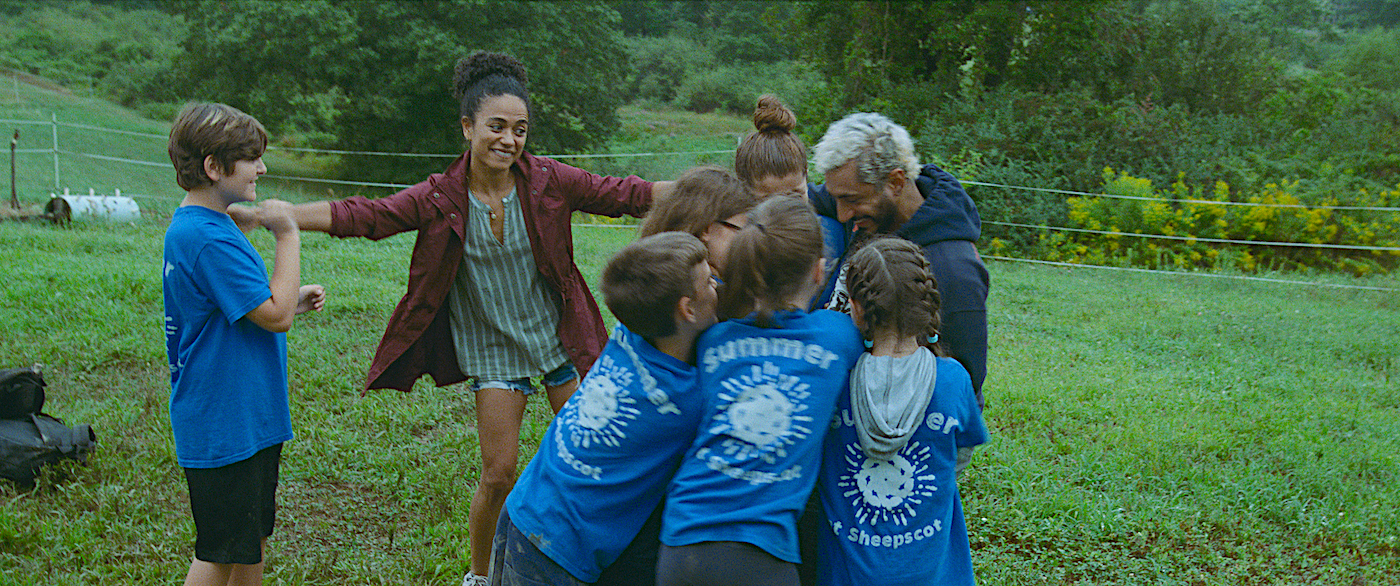
The story’s biggest visual transition is when Ruben travels to Europe – from Boston – to reconnect with Lou. “We found a beautiful house in Antwerp for Lou’s father’s residence,” Bouquet explains. “It was built so the horse-carriages dropping off the owners or guests could enter from the front and continue to the back, under the house.
“We had to shoot day for evening, so we scheduled the garden scene at the end of the day, and used a bedroom on the first floor on the shadow side of the house – a late sunny introduction with her father and a cooler dimmer interior towards the evening and early morning. The bedroom on the first floor was on the street side without much space, so our European gaffer, Janneke Hogenboom, placed two large LED softboxes on lifts to come in high through the windows of Lou’s bedroom. In the garden, she organized ‘drop-downs’ with 2.5K’s from the balcony to create thin sunlight, allowing me to look into the garden behind Mathieu Amalric’s character.”
The final scene in Sound of Metal brings everything back to the beginning – but in a different way. It plays out on the streets outside Lou’s family home. Ruben is lost, realizes Lou is out of his life, but not sure where he is going with his own. “It comes from the ‘sound portraits,” Bouquet recalls. Ruben observes what is around him. He sees and listens to children playing, people talking, street noises. But it begins to irritate him. “The sound of the cochlear implants he’s received is unbearable,” Bouquet adds. “We saved the real silence for the moment he takes them off. I had a discussion with Darius because I wanted him just to sit and listen before taking them off, but we felt it was important that we make the connection between what he hears and sees.”
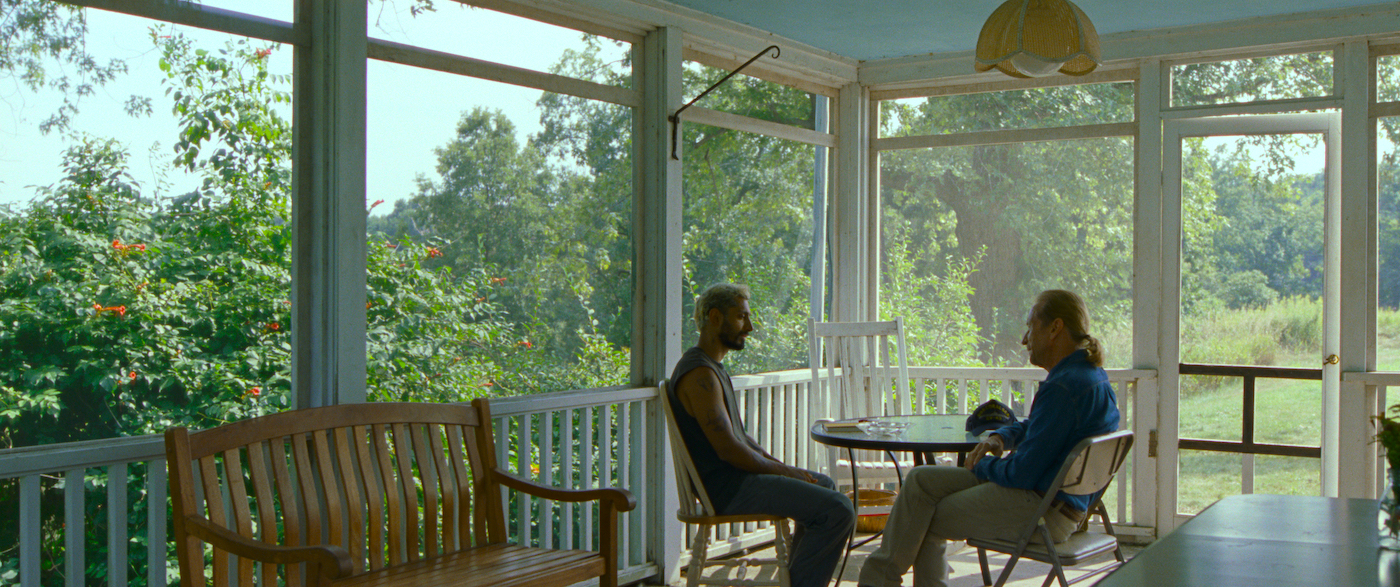
One of the most unique creative relationships on Sound of Metal was between Marder, Bouquet, and Sound Designer/Editor Nicholas Becker, whose concepts influenced every step of the project. Marder had contacted Becker a year before production began, and they talked about how sound would impact the script, the costumes, the images, and even postproduction. Bouquet joined the two men in Paris to discuss the different approaches and find common ground. “This kind of exchange between the DP and the sound designer is very rare,” Becker states. “The only other time, for me, was with Darius Khondji [ASC], when I was doing a project on the artist Philippe Parreno.”
Becker, who says the interaction of image and sound has always fascinated him, notes that Sound of Metal truly showed how much sound can influence image-making. “It can give the illusion of changing the perception of the image through the sounds we choose and use,” he shares. “Sound can define a strategy that will influence the viewer’s gaze. To help or disrupt the perception of light, movement, time, and the journey of the gaze.
“For this film,” he continues, “two important things were drawn together: the first is obviously how to create frames from a subjective perspective on Ruben, the main character who is losing his hearing. Daniël’s work with Riz accomplished this. The second is more about editing scenes where we change the auditory perspective. It had to be clear but not too repetitive. Daniël offered us a lot of possibilities. We spent a lot of time with Mikkel, the picture editor, to find the right balance between classical and subjective shots so that it was not too mechanical, too tiring.”
Becker says that once a vocabulary was set up, combining sound and subjective images could make digressions that produce variations so as not to exhaust the viewer. “For example, it can be the image or the sound that goes into the subjective mode, but the viewer always identifies the change of perspective, and his brain does the work,” he adds.
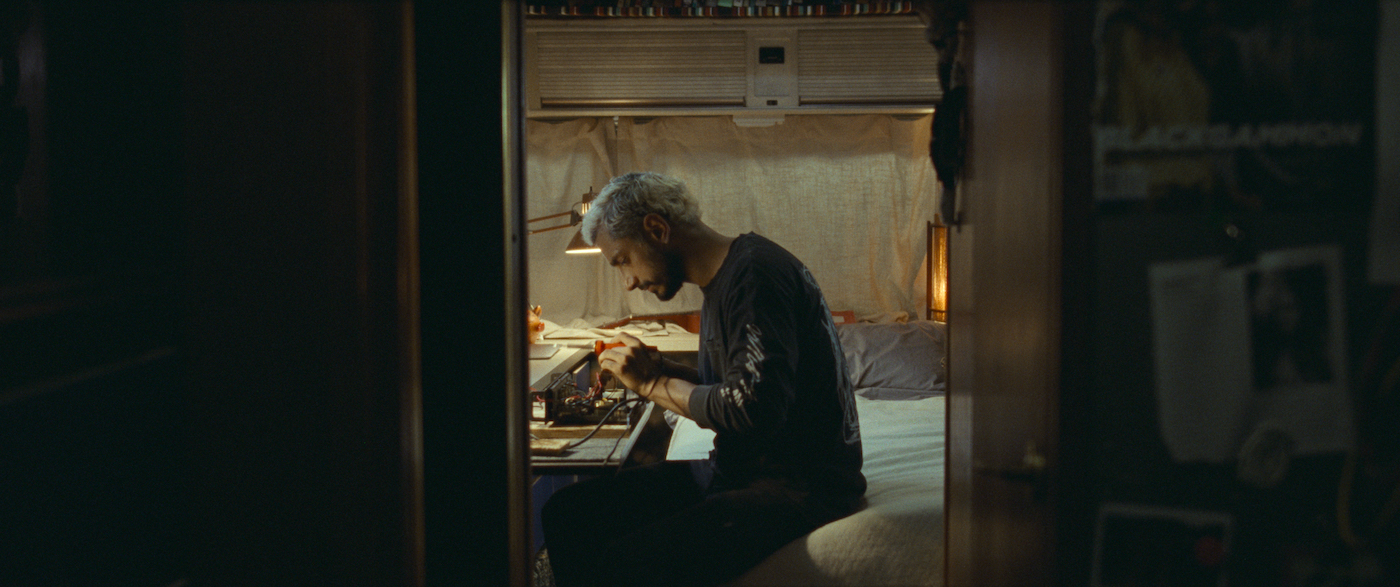
The designer’s ability to work with both director and cinematographer to fully integrate the sound into the story showed immediately. “We rehearsed the music for the concerts for months,” Becker explains. “We wanted to give everything a documentary feeling, where the audience realizes our sound and images were natural, not dubbed. That set the tone for a sound plan that held throughout the picture.”
One of the most interesting sound integrations is a simple scene outside the isolated recovery center where Ruben interacts with a young boy, who is playing at the top of the slide. Ruben sits at the bottom of the slide, silent, thinking he’s alone when he begins to feel vibrations. He looks up, and there is the child, making his kind of music.
“The scene makes people understand that even if we become deaf, we can continue to perceive a certain low aerial vibration, and even much more as soon as we are in contact with vibrating objects,” Becker offers. “The brain can reconstitute the sensation of a sound from these vibrations perceived by the skin or the bone cavities. The scene is quite poetic and draws the audience into the reality of a life without sound.”
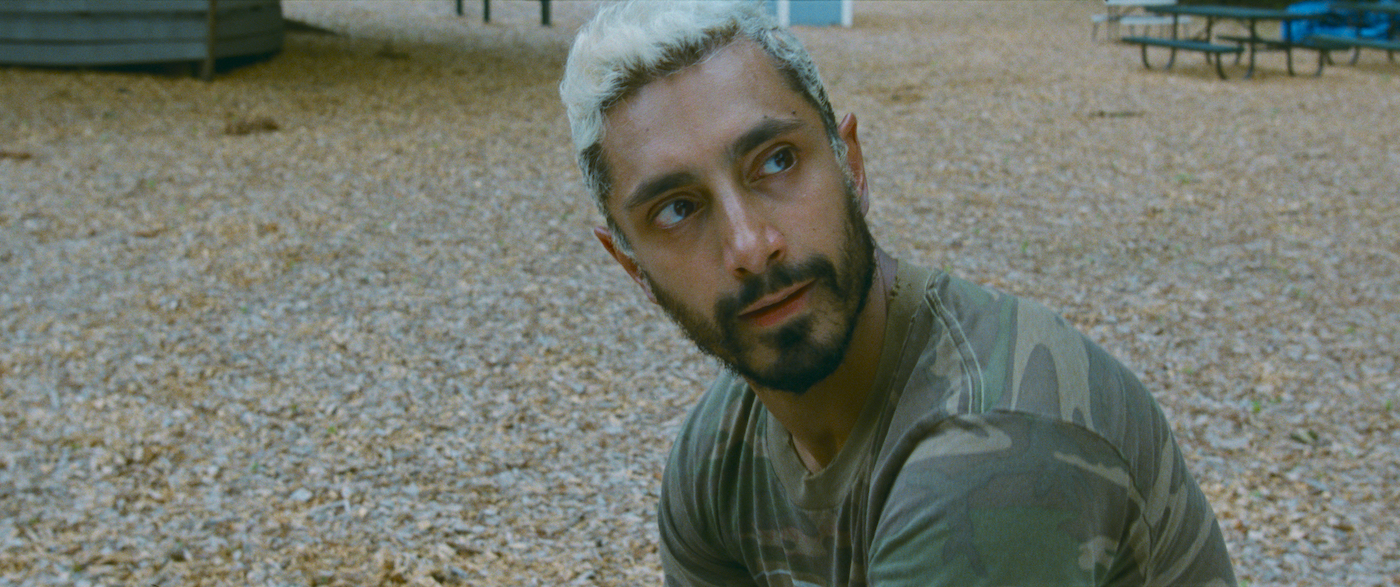
Becker says his influence in the final sequence in Antwerp was calculated. “Darius wanted the silence to be different than in traditional cinema, where silence is never nothing,” he recalls. “He wanted emptiness. Usually, when there is ‘silence,’ people find themselves in their living room hearing the sound of the air conditioner, the noise of the neighbors, or the woman who eats her sweets, and we start listening. But what do we hear from the screen? The silence that Ruben has come to accept as the next part of his life.”
To accomplish this, Becker used multidirectional microphones that created a hyper-real quality as well as condenser mics. He put mics underwater and on Ahmed’s skull, even capturing the sound of his eyelids closing.
The partnership between story, image capture, and sound fulfilled Marder’s goal to show “that deafness is not silence,” the director concludes. “It’s a different way of experiencing sound and vibration. The audience often hears what Ruben hears – or doesn’t hear. We constantly played with the dichotomy of omniscient sound and perspective sound. Sound design and story working hand-in-hand forced the audience to experience more than just the sound of silence.”
Bert Hamelinck of Caviar Group, one of the producers of Sound of Metal, sums up the feeling behind the indie project. “It is something unique,” Hamelinck notes. “When the main character loses his hearing, he is forced to go on a roller-coaster journey in search of his true self. The overall emotional arc is recognizable, but trying to make the film work for hearing and non-hearing audiences equally was a difficult task. Sound is essential in most films. But here, the lack of hearing, combined with the main character’s other issues, allowed us to experience something quite tangible in the viewing experience, not just emotionally but physically. Although the story of a deaf drummer is a powerful hook, the film goes much deeper to examine who we are as human beings.”
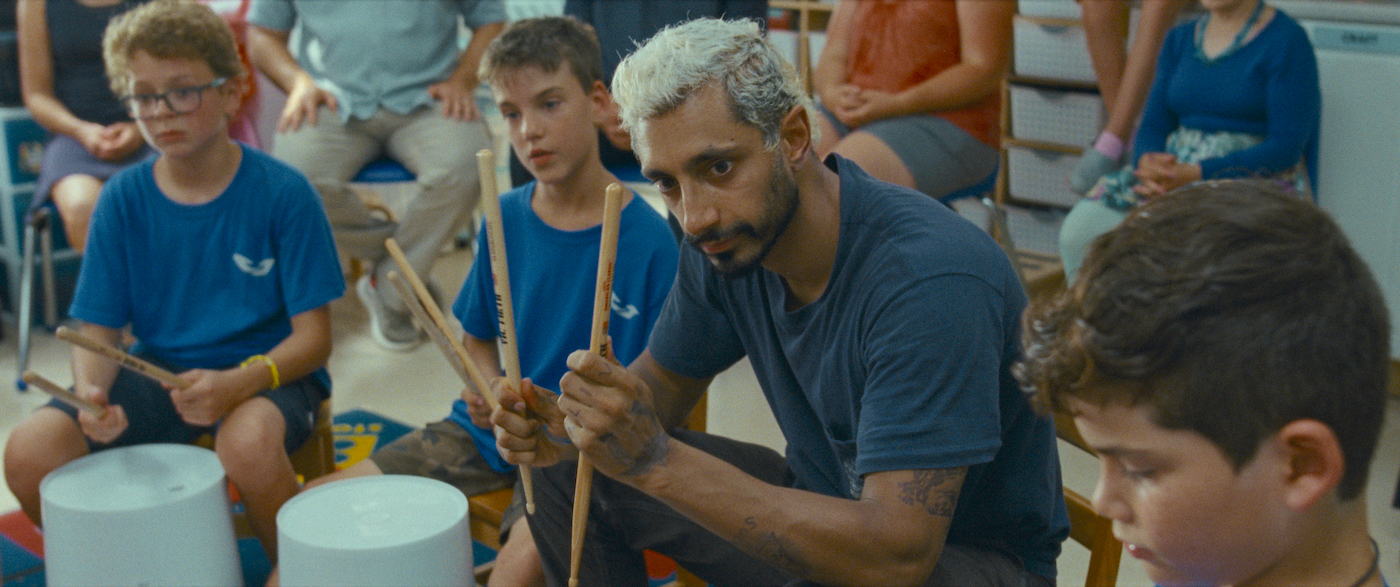
Local 600 Camera Team – Sound of Metal (Boston, MA)
Director of Photography: Daniël Bouquet
1st Assistants Camera: Richard Crumrine, Doug Durant
2nd Assistant Camera: Matthew Hedges
Loader: Joshua Weilbrenner
Unit Still Photographer: Robert Clark
